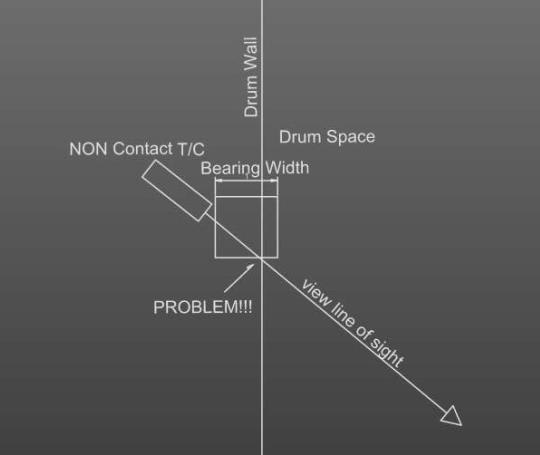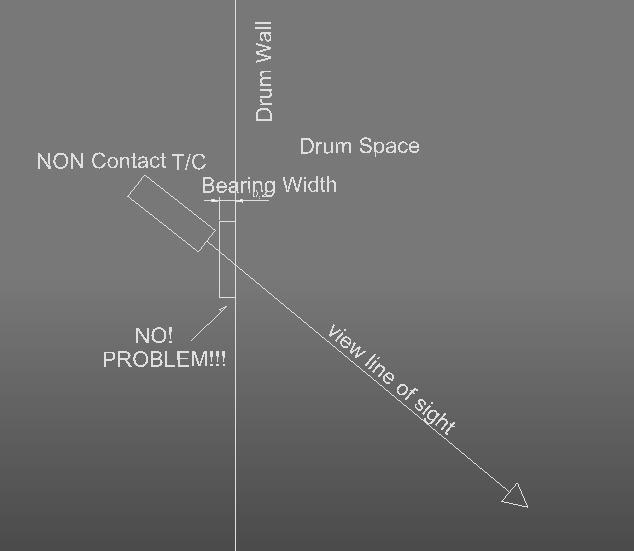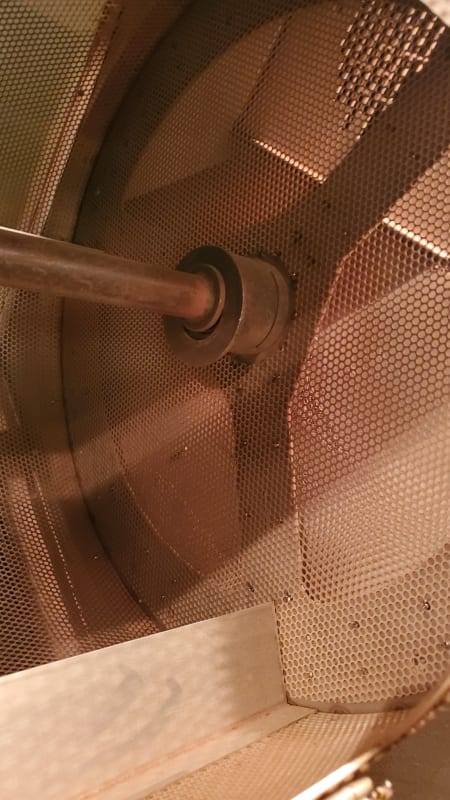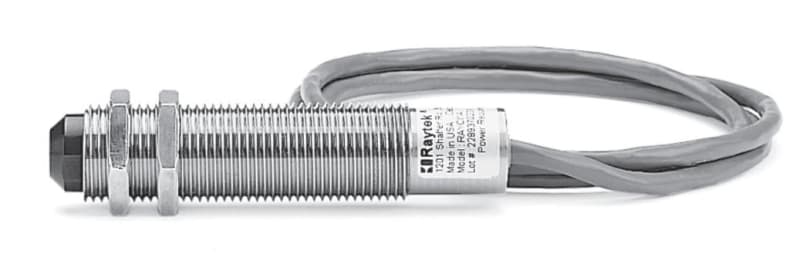danw2; I just grabbed an example non-contact T/C for illustration. Raytek has a dozen different models and there are about 6 different companies that make them. You can get every kind of output you can think of so I suspect I can find one that will be sufficient. I like this one as I can use a meter and a simple hole in sheetmetal and try it to see what happens. A completely different job than having to come up with a different bearing system for the drum. If the $200 probe doesn't work a screw and a little square of sheetmetal repairs the test modification.
Paint in service like this is verboten. It'll have to work without or a piece of black anodized aluminum will have to be used instead.
I'll float this by the guy and see if he want to "do the study".
Thanks for the emissivity thoughts. I hadn't considered that looking at the spider could actually give a lower reading but it could!
The new drum he's working on has MUCH larger hole sizes which should probably help this whole scheme.
Bill; Anything in the food path needs "food consideration" for shore. Paint is generally BAD an screws and nuts that can land in the food are also very bad.
btrueblood; I'd like to use several but they ain't cheap and in this case it's all X8 so I have to be somewhat conservative. There are also simple physical constraints. For instance it would a problem to try to have the sensor point up from the bottom. The sensor would require raising the entire oven the sensor length and most of these ovens are already double stacked. Ugh. Also NCT/Cs have like a 4:1 viewing ratio. For every inch away the width of the view greatly increases so it's seeing a larger and larger region.
Brian; As was mentioned above RFID craps out at a max of 150°C, too low.
analogkid2digitalman; Damn! That's outta the box. If the entire thing can sustain 200C then with it screwed into the drum one could simply photo the dial and do video comparisons to read the dial. Interesting. LOL .
Keith Cress
kcress -



![[upsidedown] [upsidedown] [upsidedown]](/data/assets/smilies/upsidedown.gif)


